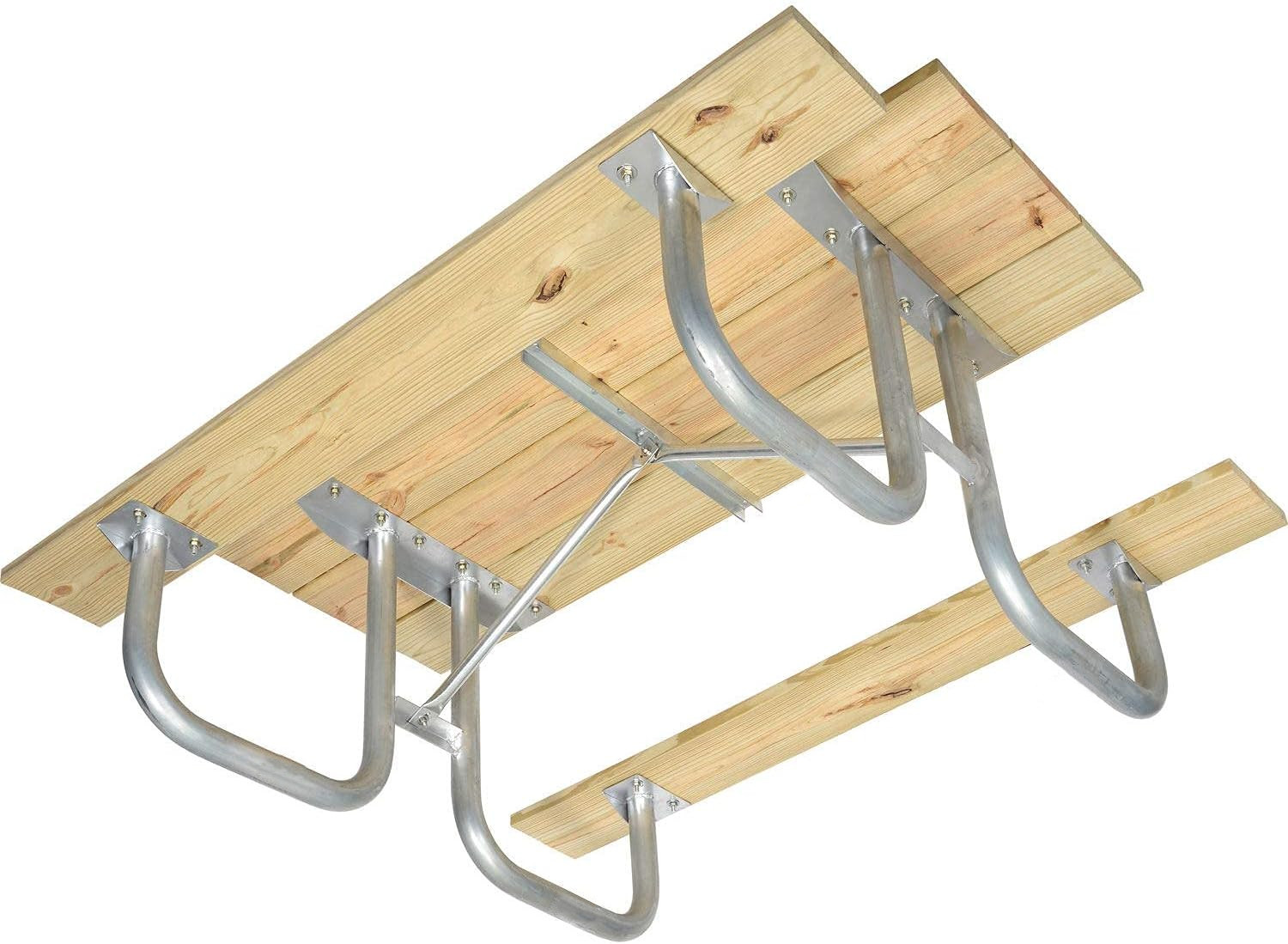
What Size Wire Do I Need for an RV Pedestal? A Simple Guide
So, you’re setting up an RV pedestal, and you’re wondering, what size wire do I need? Well, you’ve come to the right place! This guide will break it down in a way that makes sense, even if you’ve never worked with electrical wiring before.
First, What’s an RV Pedestal?
An RV pedestal is basically an outdoor electrical box that provides power to your RV. It’s like the electrical outlet in your house, but built to handle the bigger energy needs of an RV. These pedestals usually come with 30-amp or 50-amp outlets, or sometimes both.
Understanding Wire Size
When we talk about wire size, we’re referring to the thickness of the wire, which is measured in AWG (American Wire Gauge). The smaller the number, the thicker the wire. Thick wires can carry more electricity safely, while thin wires can overheat if they’re carrying too much power.
Why Wire Size Matters
Using the wrong wire size is a big deal! If the wire is too small for the amount of power you’re pulling, it can overheat, melt, or even start a fire. Not good! That’s why we follow proper electrical codes to make sure everything is safe.
Choosing the Right Wire Size
The wire size depends on how many amps (A) your pedestal will provide and how far the wire will run from the breaker panel to the pedestal. Here’s a simple breakdown:

Lorem ipsum dolor sit amet, consectetur adipiscing elit. Ut elit tellus, luctus nec ullamcorper mattis, pulvinar dapibus leo.
For a 30-Amp RV Pedestal:
- Wire size: #10 AWG copper wire
- Breaker size: 30-amp breaker
- Voltage: 120V
- Typical use: Smaller RVs, travel trailers, and pop-up campers
For a 50-Amp RV Pedestal:
- Wire size: #6 AWG copper wire (for shorter runs, up to about 50 feet)
- Breaker size: 50-amp breaker
- Voltage: 240V (provides two 120V circuits)
- Typical use: Larger RVs and motorhomes
What If Your Wire Run Is Long?
Electricity loses power as it travels through a wire (this is called voltage drop). If your wire run is longer than 100 feet, you may need a thicker wire:
- For a 30-amp pedestal, use #8 AWG instead of #10.
- For a 50-amp pedestal, use #4 AWG instead of #6.
Copper vs. Aluminum Wire
You can use either copper or aluminum wire, but copper is better because it conducts electricity more efficiently. If you use aluminum, you’ll need a thicker wire. For example:
- 50A Copper = #6 AWG
- 50A Aluminum = #4 AWG
Aluminum wire also requires special connectors to prevent corrosion, so most electricians stick with copper.
Other Important Things to Know
- Underground installation: If you’re burying the wire, use UF-B (Underground Feeder) cable or run conduit with THWN-2 wire.
- Breaker panel: Your RV pedestal should be connected to a breaker panel that’s sized correctly for your total power needs.
- GFCI Protection: Some areas require ground fault circuit interrupters (GFCI) for safety, especially for 30A pedestals.
Final Thoughts
Choosing the right wire size for your RV pedestal is super important for safety and performance. Stick with #10 AWG for 30A and #6 AWG for 50A, but upgrade to thicker wire if your run is long. And always follow local electrical codes or hire an electrician if you’re unsure.
Setting up your RV power the right way means fewer problems, no overheating, and a safe place to plug in and relax. Happy camping! 🚐⚡







